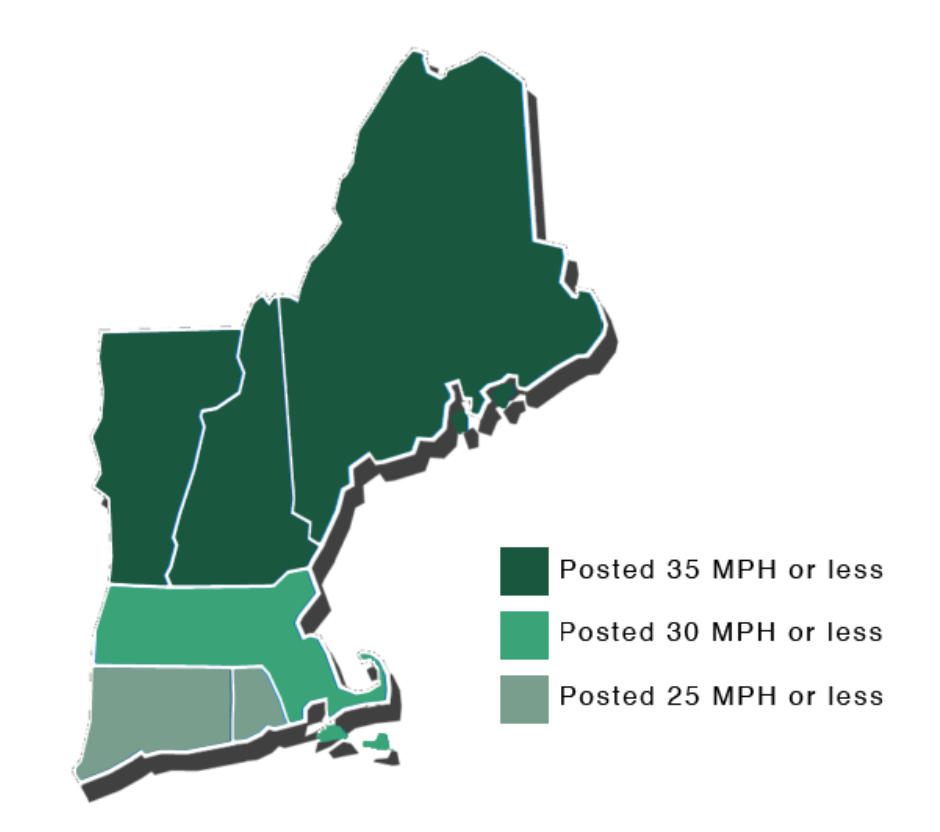FAQs
We have five conveniently located dealerships throughout New England. Find your closest C2 dealership here.
We offer a wide array of vehicles for personal, commercial, golf, and rental use. We are a top distributor for Club Car, we are they only authorized GEM mobile service dealer in New England. We also carry Garia, MadJax X-Series, Tomberlin, and Polaris ProXD. Our cars are backed by our award-winning service and extensive parts supply.
All new vehicles purchased through C2 come with their manufacturer's warranties. When it comes to used vehicles, we’re proud of our Black and Gold warranty options for certified pre-owned carts. For used carts up to 5 years old, our Black Warranty comes with 2-year bumper-to-bumper coverage. Our Gold Warranty covers used vehicles 6-10 years old, providing a full year of drivetrain coverage. We’ve got you covered, so you can enjoy the ride.
Yes! Financing your new vehicle is simple. Whether you’re looking for a revolving line of credit or a fixed installment loan, Club Car has partnered with Sheffield Financial and DLL Finance to meet your needs.
*All offers are subject to creditworthiness and some restrictions may apply.
Yes, and we can help! When you sign up for our Consumer Service Plan, our technicians will winterize your batteries for you. Customers covered under our plan see a noticeable increase in battery life. Plus, we’ll perform a spring reconnect, saving you time and headache.
At any of our five New England branches, we offer advice, consultation, annual maintenance, diagnostics, and repair. We also offer door-to-door service — our fleet of factory-trained road technicians are available to come to you.
We do! We have the largest, most capable rental fleet in New England, including late model passenger and utility vehicles. Learn more about our rental capabilities here.
Street legal FAQs
LSV stands for “Low Speed Vehicle.” An LSV is a cart that has a minimum speed of 20 mph and maximum speed of 25 mph, and can legally be driven on most roads posted 35 mph or less (see graphic for exact speed limits according to your state).
All vehicles must meet all US federal safety standards for low-speed vehicles (LSVs) and be equipped with automotive safety windshield glass, three-point safety belts, turn signals, headlamps and brake lights, horn, mirrors, windshield wipers and on-road tires.
Your particular state may have additional laws and regulations pertaining to LSV’s. At C2, we’ll help you through the entire purchasing process!

Typical golf carts are not designed to exceed 15 mph and lack the safety features required for use on public roads. “Street-legal” golf carts are equipped with road-ready safety features and can travel at speeds up to 30 mph. These are also known as Low-Speed Vehicles, or LSVs.
A drivers’ license is required to operate an LSV. If your child does not have his or her learner’s permit or driver’s license, they are not permitted to drive an LSV. An LSV is considered a low-speed street-legal vehicle and should be treated as such.
No. LSVs carry a 17-digit VIN, and must be initially built and sold in a “street-legal” state. Looking to add an LSV to your fleet or personal life? We sell them!
Yes. As an LSV is classified as a street legal vehicle and is permitted to be driven on public roads, your LSV must be insured under an auto policy that includes Personal Injury Protection and Property Damage Liability coverage at a minimum.
Most if not all states in which LSVs are legal require them to be insured, registered, and operated only by licensed drivers.
This process can be split into the following four steps.
Step 1 — Acquire an LSV
Find a legal LSV as deemed by the National Highway Traffic Safety Administration. Make sure you have the Certificate of Origin, title, or out-of-state registration listing the body style or body type as “LSV” or “Low Speed Vehicle.”
Step 2 — Get Registered
Then, an application for registration and title, or an RMV1 form, should be completed. Registration, title fees and applicable tax are paid directly to your RMV office.
In most states, the following documentation is required to process your registration and title:
- A manufacturer’s Certificate of Origin (new vehicles only), or...
- The previous owner’s Certificate of Title, Dealer Reassignment form if applicable, or...
- The previous registration and bill of sale for vehicles that are exempt.
Step 3 — Get Insurance
Once you’ve made sure your LSV is properly registered, contact your insurance agent to discuss insurance options. You’ll want to make sure your LSV is covered by a policy that includes Personal Injury Protection and Property Damage Liability coverage at a minimum.
Step 4 — Get Inspected
To be on a public way, LSVs must be registered, titled, insured, and inspected. If an electrical motor or batteries solely powers the vehicle, no emissions test is required. If, however, the LSV is liquid-fueled, the emissions test is required.
They must meet all US federal safety standards for low-speed vehicles (LSVs) and be equipped with:
- Automotive safety windshield glass
- Three-point safety belts
- Turn signals
- Headlights and brake lights
- Horn
- Mirrors
- Windshield wipers
- On-road tires
- Parking brake
- The Manufacturer’s Certification Label posted on the vehicle containing the VIN and indicating the TYPE of vehicle as a “Low Speed Vehicle”

